All products featured are independently chosen by us. However, SoundGuys may receive a commission on orders placed through its retail links. See our ethics statement.
Are open earbuds a passing fad or here to stay?
July 15, 2024

Open earbuds, aka open-ear headphones, capture the ears of athletes, city dwellers, and iPhone owners alike. These earbuds leave your ears open to your surroundings, and we’ve seen this design’s popularity rise in recent years. The Apple AirPods (3rd generation) top the list of the best-selling open earbuds. Even with the ubiquity of the AirPods, you have every right to question whether this open-fit design is akin to frosted tips and mustache tattoos — no more than a passing trend.
Let’s dive into what makes open earbuds attractive, and why you might opt for standard wireless earbuds or bone conduction headphones instead.
What are open earbuds?
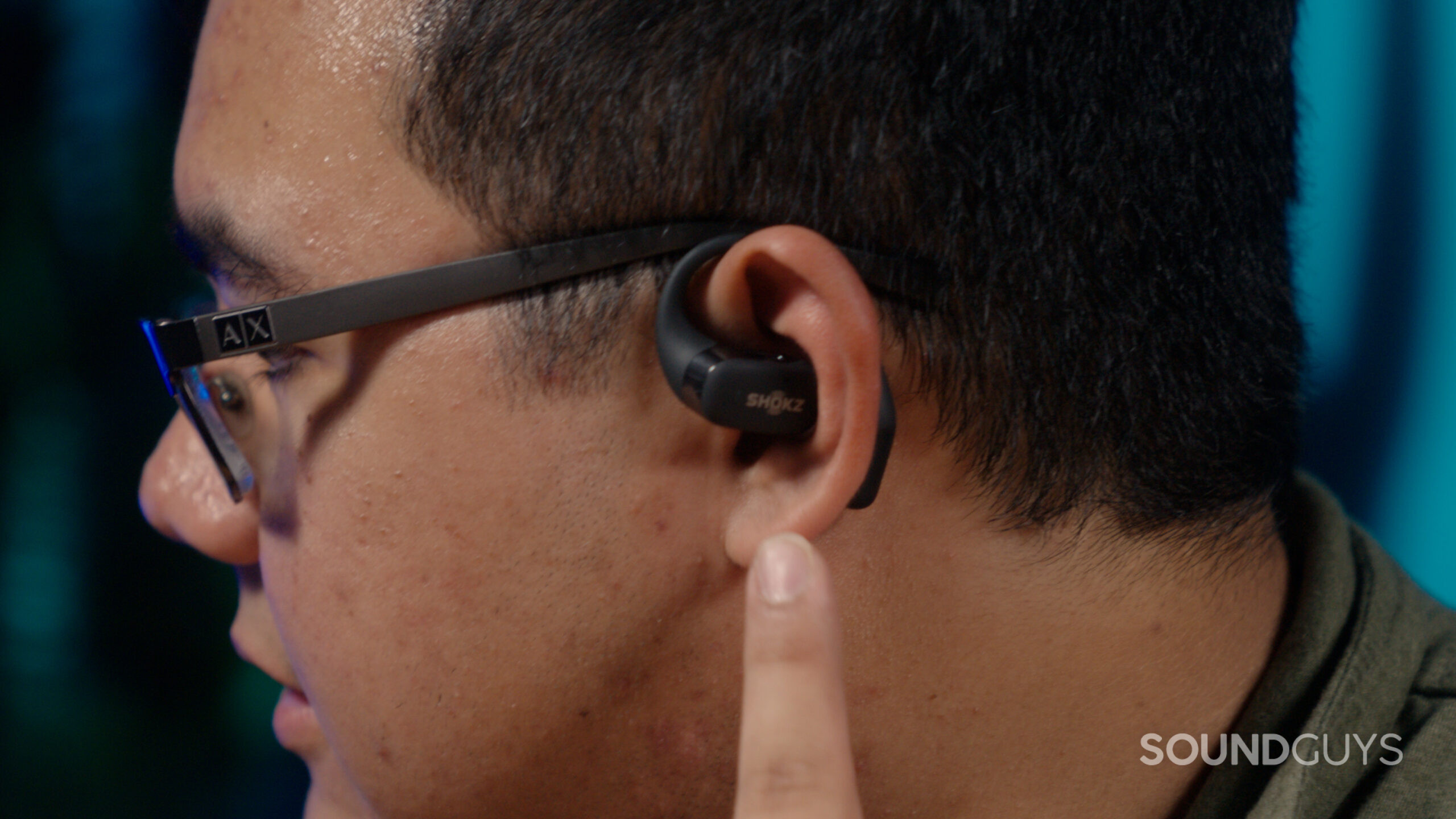
Open earbuds leave your ear canals unsealed because they aren’t compatible with ear tips. This style of earbud rests on your outer ear in some fashion. Open earbud designs vary from model to model, but they all use dynamic drivers directed toward your ear canals to project sound at your eardrums.
Aside from the standard AirPods, some of the most well-known open-type earbuds include the Shokz OpenFit, Sony LinkBuds WF-L900, and Bose Ultra Open Earbuds. All of these buds take on different shapes. The Shokz OpenFit are the most stable, making it a great pick for workouts. Many people appreciate the Sony LinkBuds’ compact design and unique donut-hole opening. The LinkBuds are among the most comfortable of the open-ear earbuds listed as they include silicone wings that keep the buds secured to your concha. Then there are the Bost Ultra Open Earbuds, which have a cuffed design worn like an earring. While unconventional, the Ultra Open Earbuds also maintain a secure fit that resists jostling out of place.
What are the benefits and drawbacks of open earbuds?
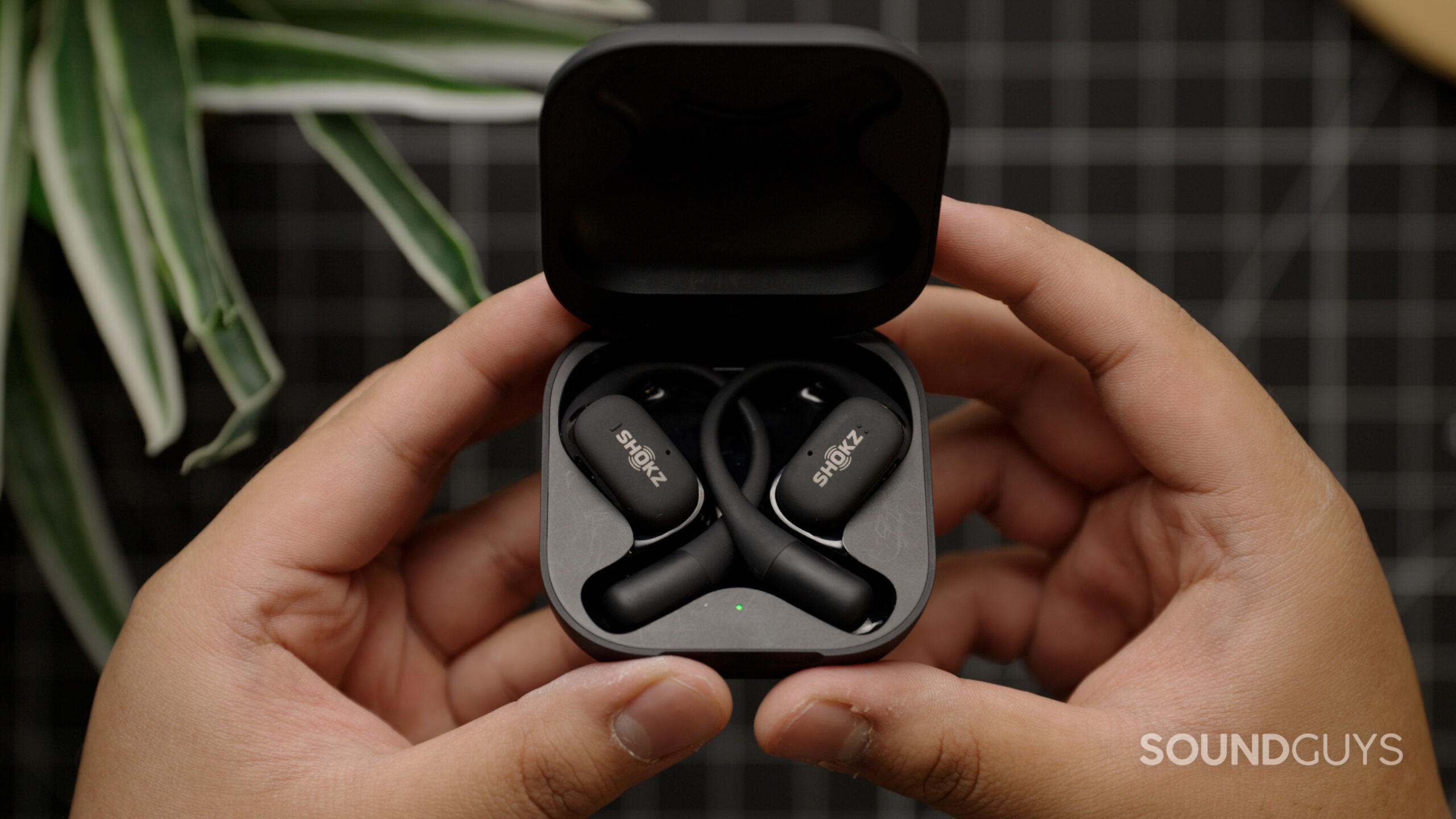
Open earbuds are not for everyone, though there are benefits to these buds. Athletes of all stripes often cite safety as a major reason for purchasing open earbuds. Since your ear canals are completely exposed to the world around you, you hear your surroundings as they are, completely unmuffled. Be aware: your safety comes at the expense of quiet bass reproduction. You likely won’t feel the head-rattling oomph from your favorite basslines with any set of open buds. For loud bass reproduction that you can feel and hear, you’ll need earphones with tips and ideally, noise canceling.
Open earbuds buck the trend of expected earbud design, but that's not an inherently good thing.
Although open earbud designs stray from the norm, they tend to be quite comfortable for all ear types. As someone who cycles through open, regular, and bone conduction earbuds, I’ve found open earbuds much more comfortable than bone conduction headphones and on par with standard, tipped earbuds. Unlike bone conduction headphones, which we’ll get to in a moment, open earbuds feature a compact design. You’ll almost always get as compact of a charging case with open earbuds as you do with standard-fare wireless earbuds. The case makes it easy to travel with open buds and provides extra battery life.
What are the best alternatives to open ear earbuds?
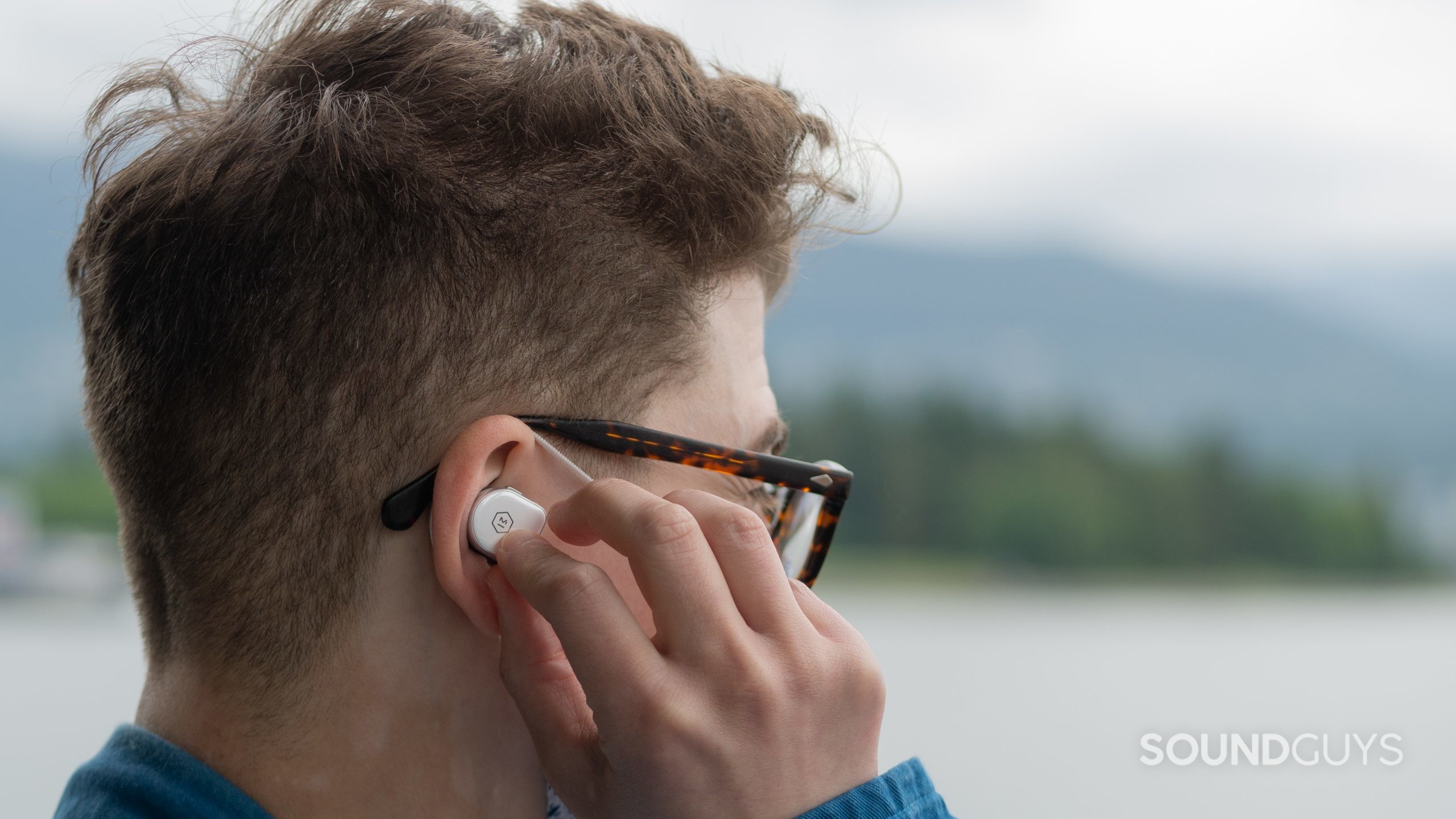
Using one wireless earbud in mono mode is a clear alternative to open earbuds. Since many of us already own a pair of wireless earphones, this costs nothing — an exceptionally attractive price in this economy. Despite what marketing agencies want you to believe, you don’t always have to buy more things, and that rings true with earbuds. If you already own a pair of buds, use one at a time to leave your other ear open to your surroundings. Of course, listening in mono mode also means you’re only hearing in mono mode. So this solution isn’t as safe as open earbuds or other alternatives.
For another no-cost solution, go ahead and enable transparency (aka passthrough or hearthrough) mode on your earbuds. You can usually find this feature available through a companion app or via the buds’ onboard controls. Like open earbuds, transparency mode allows you to hear the world and your music all at once. Unlike open earbuds, transparency mode does this by recording your surroundings and pumping the environmental noise through your buds in real time while keeping your ears physically sealed from the world.
Transparency mode is a convenient feature but its main drawback is the synthetic, robotic sound quality. I like transparency mode when it’s good, but frankly, it’s rarely good. To my ears, removing my earbuds to hear an announcement or talk is always better than enabling transparency.
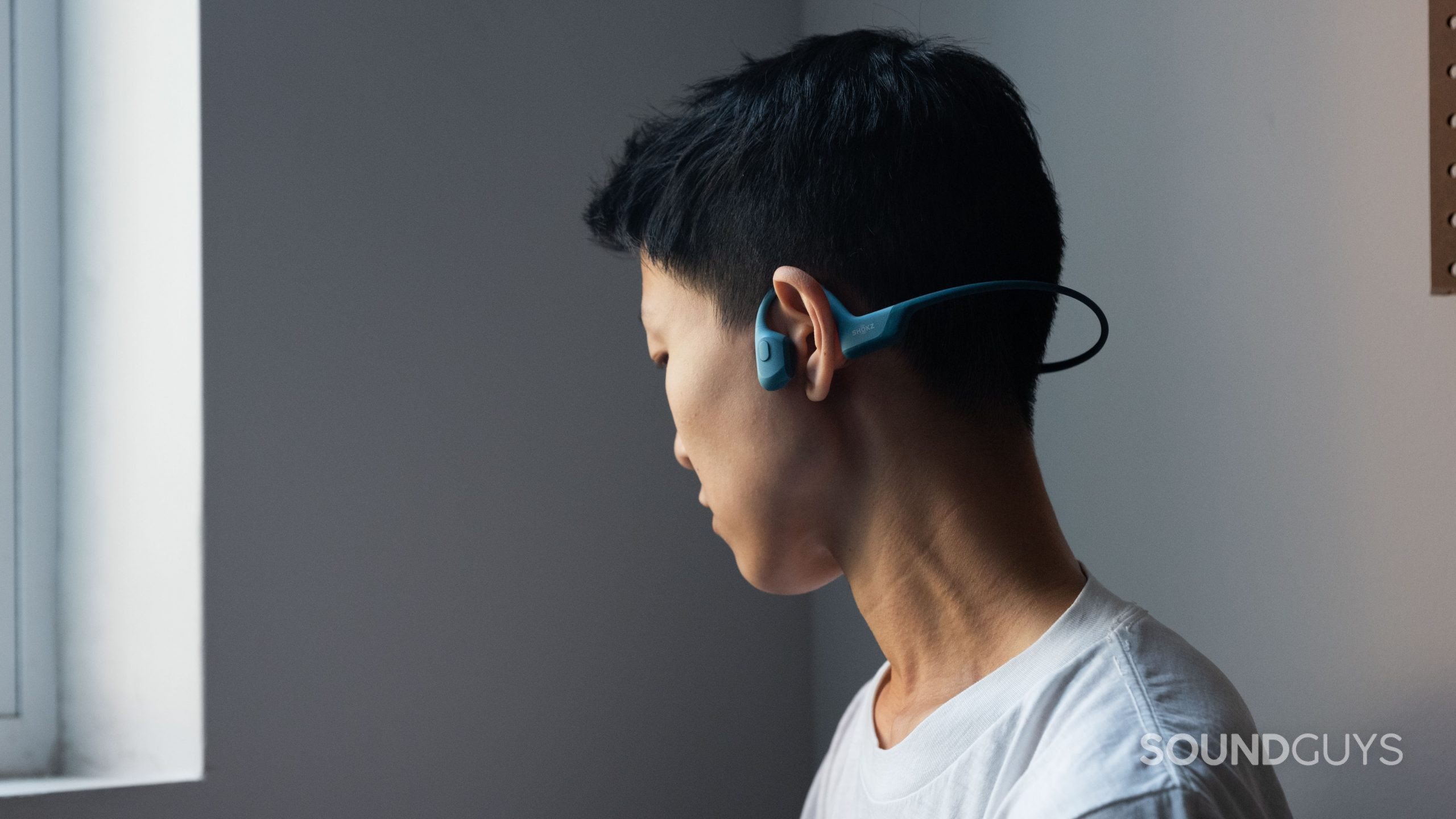
Then, there are bone conduction headphones. I love bone conduction headphones because they offer constant, unadulterated environmental awareness. Generally, bone conduction headphones boast more impressive IP (durability) ratings than open earbuds. Durability is important if you’re an athlete who sweats a ton, runs in the rain, or isn’t careful with your gear.
Unsurprisingly, bone conduction headphones have their drawbacks too. For one, their sound quality relies on placement. Bone conduction headphones don’t touch your ear canal entrance at all. Instead, they use bone conduction technology to send vibrations through your skull and into your inner ear. This is great for people who wear hearing aids as you can wear them with bone conduction headphones. Even so, it also means that the “earpieces” must have full contact with your cheekbones at all times for consistent sound quality. Since our jaws move when we talk, eat, and drink, the fit and thus sound quality, are everchanging.
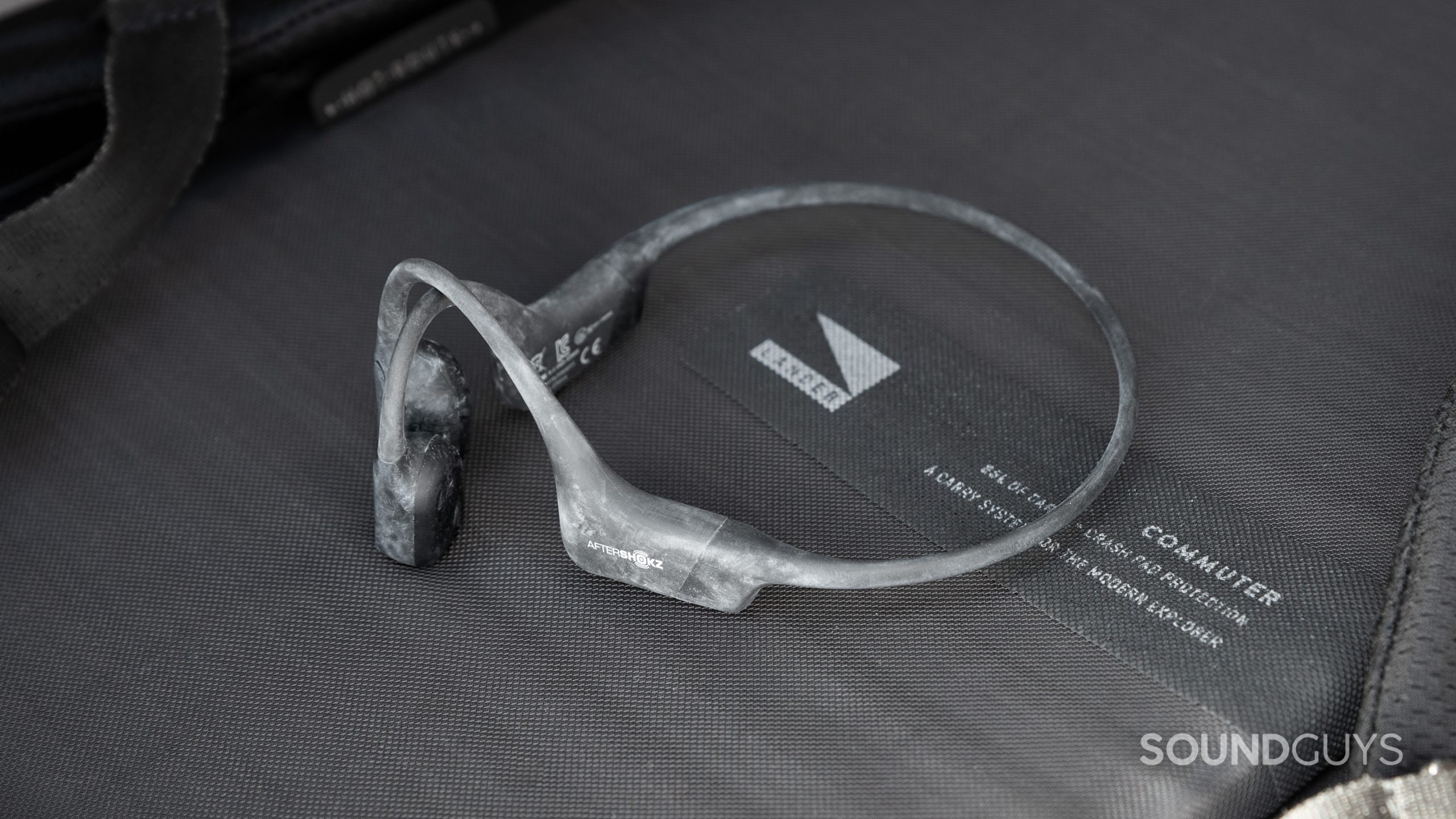
Related to sound quality, bone conduction headset volume is significantly lower than earbuds or open earbuds. This quiet volume is a consequence of the technology combined with auditory masking. Basically, a loud external sound from your surroundings will make it hard to hear the relatively quiet sound of your music through bone conduction headphones.
Another drawback I’ve experienced with bone conduction headphones is that they fit poorly with bike helmets. This poor fit is because bone conduction headphones have a band that runs behind your head. When I bike with drop bars, I tilt my head up so I am looking forward instead of down. This common biking position causes my helmet to hit the band, displacing the headset and degrading the sound quality. I know, I know – this is a niche complaint, but an important one for cyclists looking for a music-listening solution.
Should you buy open earbuds?
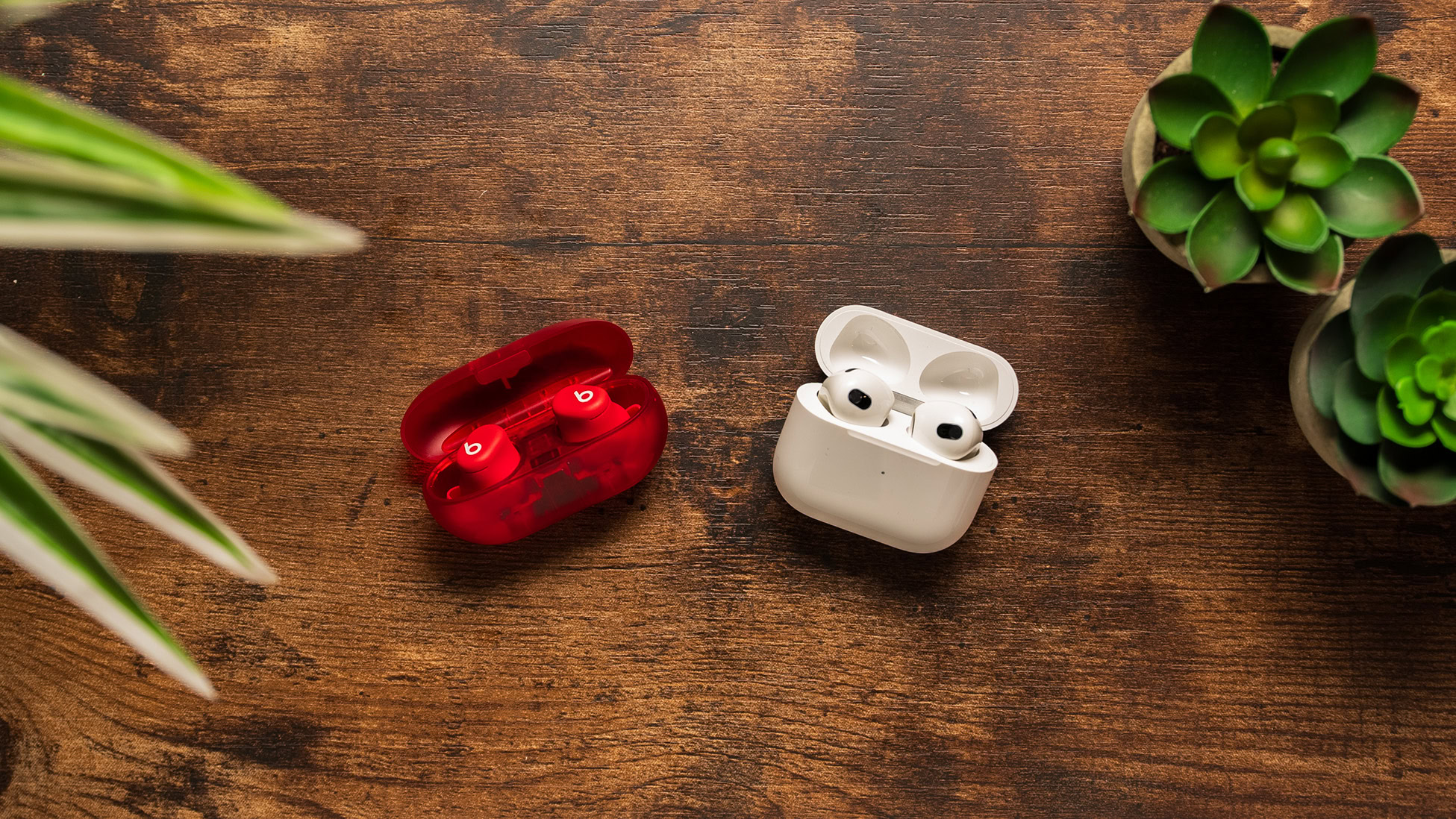
Open earbuds are a great solution for a certain type of listener. Like all earbud designs, open-fit earbuds have their notable pros and cons. Listeners who want to hear their music and surroundings at all times should consider bone conduction or open earbuds. If you want something pocketable and discreet, get open earbuds like the AirPods (3rd generation) ($169 at Amazon), Shokz OpenFit ($179 at Amazon), or or Sony LinkBuds ($178 at Amazon). They’re much smaller and arguably more comfortable than bone conduction headphones.
If you don’t need to hear your surroundings all the time, and even like when earbuds isolate you from the environment, I recommend purchasing earbuds with an integrated transparency mode. For iPhone users, this probably means picking up the AirPods Pro (2nd generation) ($199.99 at Amazon), but there are other great Apple alternatives. Android phone owners should save up for the Sony WF-1000XM5 ($298 at Amazon) or get the Anker Soundcore Space A40 ($79 at Amazon) for a stellar value.
Frequently asked questions about open earbuds
Open earbuds won’t cause inner ear infections like their in-ear counterparts — though the odds of this happening are relatively low.
The disadvantages of open earbuds are their poor bass reproduction and limited availability. If you want to feel the bassline of your favorite tracks, you’ll need earbuds that seal to your ear canals or over-ear headphones.
Yes, bone conduction headphones, which are slightly different from open-ear headphones, are safe. Bone conduction technology has been around for well over a century!
Thank you for being part of our community. Read our Comment Policy before posting.